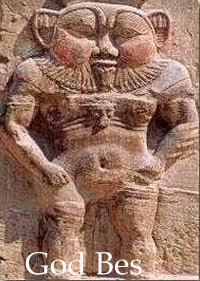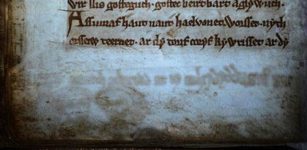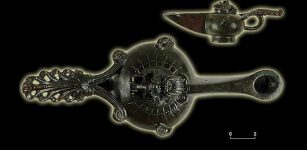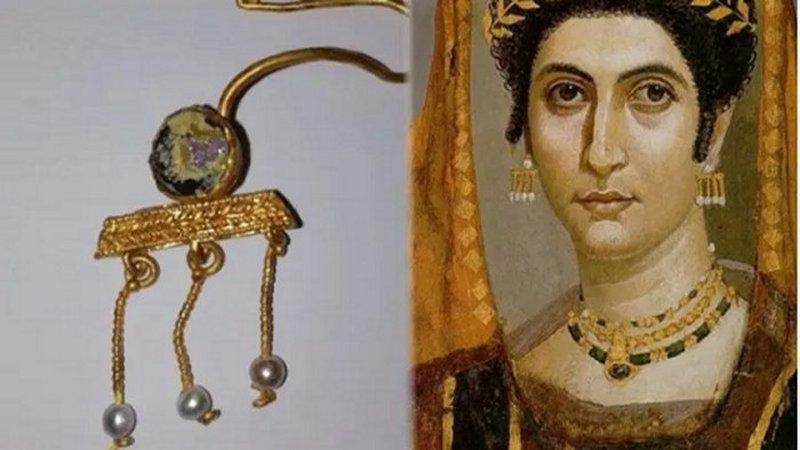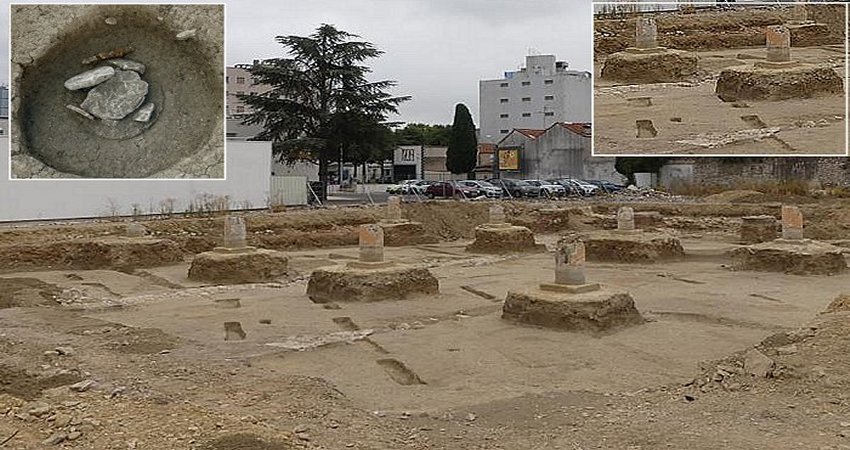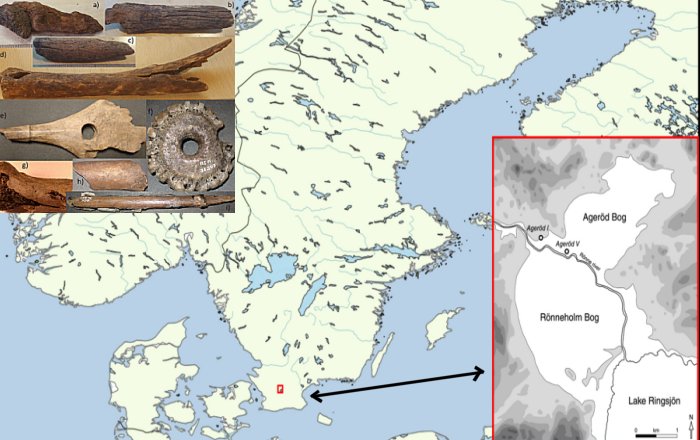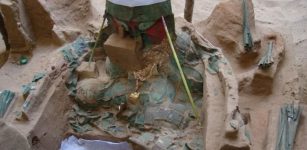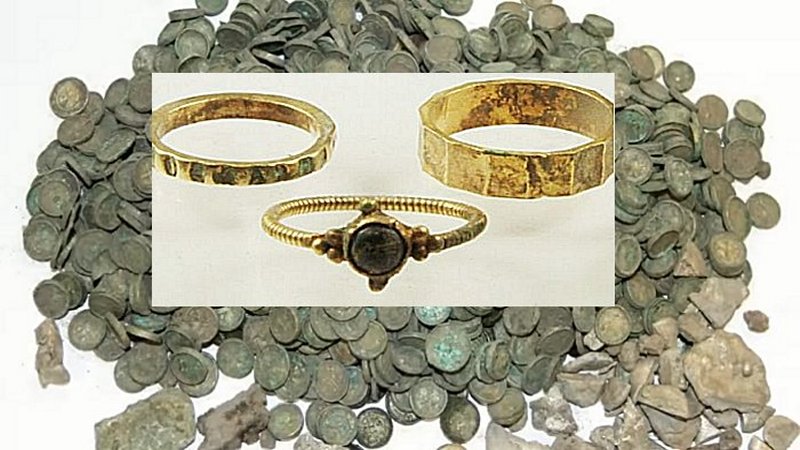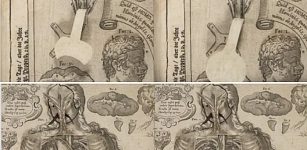Nubian Woman Weret Was Buried With A Heart Scarab In Egyptian Tomb
MessageToEagle.com – The Nubian woman, whose middle-class tomb was discovered in Tombos, Sudan is now researched as an example of how two civilizations met, according to Stuart Tyson Smith, a professor of archaeology and chair of the Department of Anthropology at UC Santa Barbara and Michele Buzon of Purdue University.
Her Egyptian tomb is located in a cemetery of Tombos, an ancient village situated in what is now northern Sudan, but she was buried in the Nubian style — placed in a flexed position on her side and resting on a bed.
Around her neck she wore amulets of the Egyptian god Bes, the protector of households.
In a paper published in American Anthropologist, Michele Buzon of Purdue University and Smith explore cultural identity and transformation in the ancient village of Tombos in what is now northern Sudan.
“Entanglement and the Formation of Ancient Nubian Napatan State” details the findings from Smith and Buzon’s excavations of cemeteries in Tombos, which became an important colonial hub after the Egyptians conquered Nubia around 1500 BCE.
“You get this really interesting entangled culture blending different elements in really different ways, but also there seems to be a lot of individual choice involved,” Smith explained in a press release.
“It’s not just a matter of the two cultures mash up and then you get this new hybrid thing that’s consistent. There seems to be a lot of individual choice — whether or not you want a Nubian bed and/or an Egyptian coffin and/or to be wrapped like a mummy or whether or not you want an Egyptian-style amulet and/or Nubian ivory jewelry.”
See also:
Fascinating Excavations in Tombos, Nile River Valley, Sudan
Researchers Smith and Buzon are in their second year of excavations at Tombos and their excavations are centered in graves from the New Kingdom (c. 1550-1070 BCE) and the Third Intermediate Period (c. 1070-615 BCE).
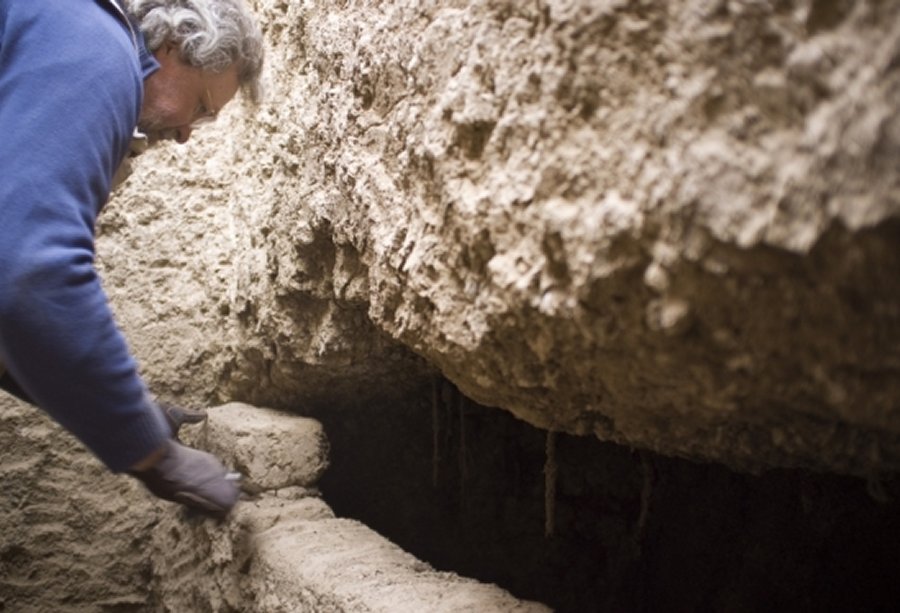
They have measured craniofacial features, analyzed skeletons, burial practices and contents of the graves, and thus they have been able to piece together a period of shifting cultural identities that led to the Nubian conquest of Egypt and the 25th Dynasty of Egypt (Napatan Period c. 750-650).
Indeed, the shift was so complete the Nubians presented themselves as more culturally authentic Egyptian than the rulers they overthrew, according to researchers.
“We’re looking at the social dynamic from which those Nubian pharaohs emerged,” Smith explained, “and how that blended culture might have contributed to the cultural dynamic that allowed the pharaohs to come in, not just as conquerors, but as the legitimate restorers of the proper order of things in a decadent time. That’s exactly how they presented it.”
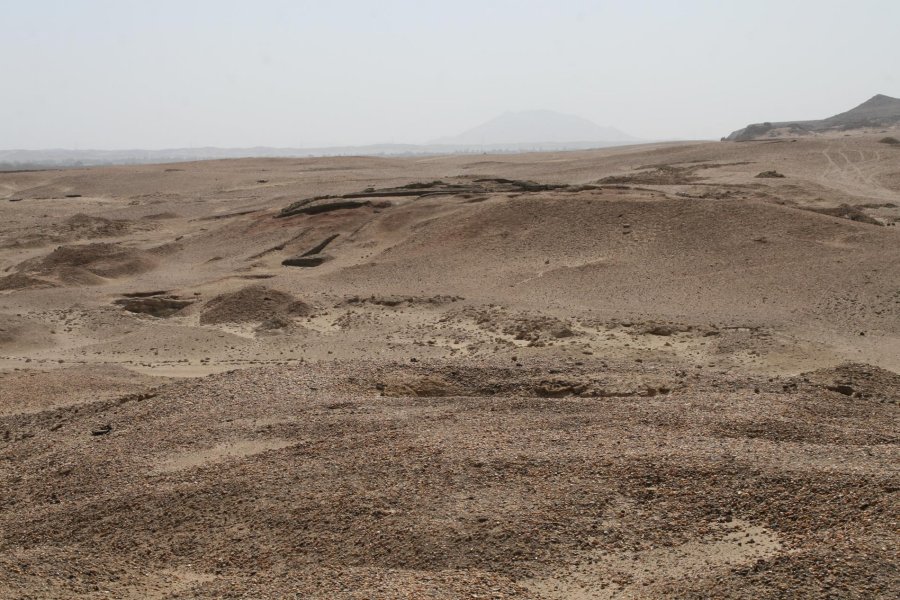
The graves of Tombos show that rather than the Egyptians simply imposing their will on the Nubians, which Smith calls “the old model,” cultural entanglement was a much more potent force shaping both cultures. Intermarriage and cultural pluralism in colonial Nubia gave rise to a new identity and the development of the Nubian pharaohs.
“What we’re looking at is a more nuanced model of Egyptian and Nubian culture entangling, and how individual choices drive this kind of ethnic and cultural change, and ultimately enable these Nubian pharaohs to take over,” Smith said.
MessageToEagle.com
source: UCSB

